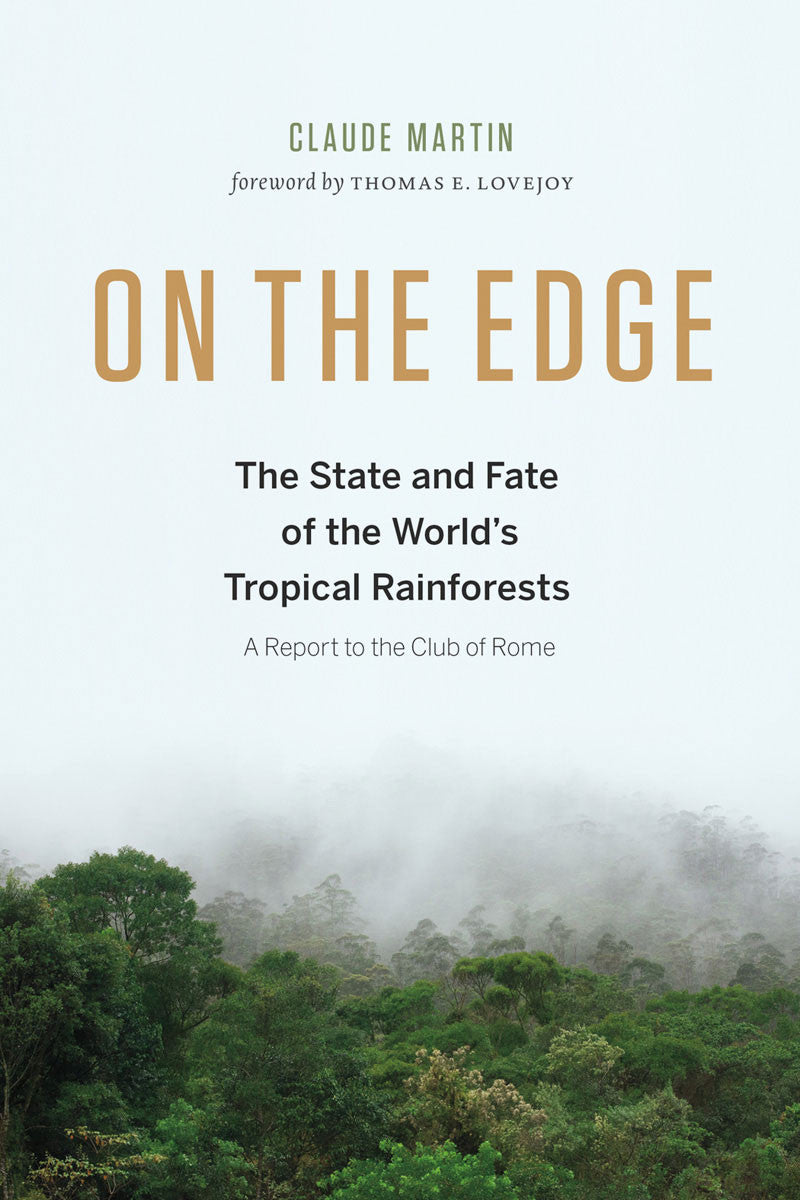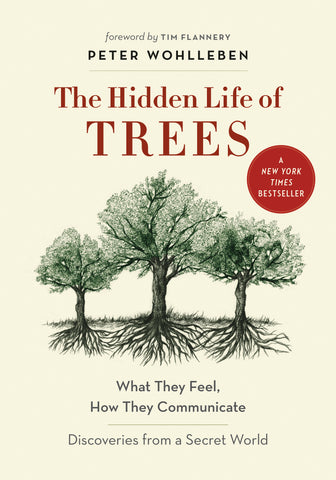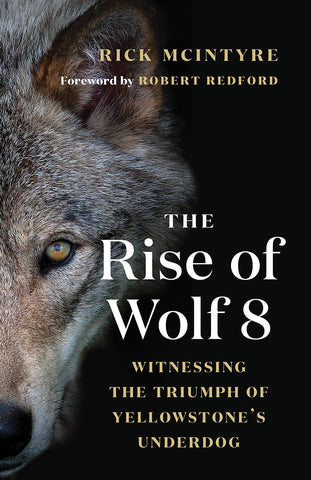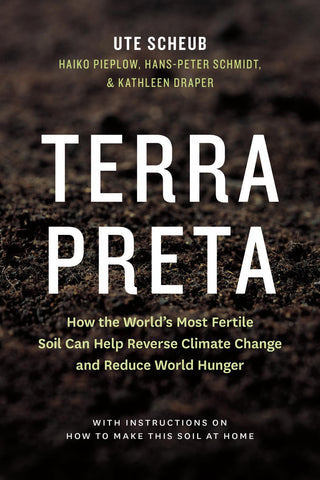On The Edge
The State and Fate Of the World's Tropical Rainforests
- ISBN: 9781771641401
- Tags: Claude Martin, Nature & Environment, Science, Thomas E. Lovejoy,
- Dimensions: 6 x 9
- Published On: 05/01/2015
- 384 Pages
- ISBN: 9781771641418
- Tags: Claude Martin, Nature & Environment, Science, Thomas E. Lovejoy,
- Published On: 5/21/2015
- 300 Pages
The definitive assessment of the single most important factor in the future of Earth’s biodiversity.,/b>—Edward O. Wilson, university research professor emeritus, Harvard University.Approximately half of the world’s tropical rainforests remain intact. Will our actions over the next decades conserve or destroy what’s left? The most important book about tropical rainforests in 50 years.
In the 1970s, the global community was rocked by reports documenting the deforestation of tropical rainforests, and conservation became the rallying cry of the day. On the Edge examines what has happened, both good and bad, in the decades since. Tropical rainforests are not just massive repositories of biodiversity: everyone on the planet relies on this essential ecosystem for fresh water, clean air, and climate regulation. And yet, urbanization and the worldwide demand for food and biofuels still drive deforestation, and climate change threatens to start a feedback cycle that could make the rainforest a carbon source. With contributions from environmental luminaries Jürgen Blaser, Bruce Cabarle, Chris Elliott, David Kaimowitz, Claudio Maretti, Ralph Ridder, Jeffrey Sayer, and Rodney Taylor, On the Edge takes a close look at deforestation and reforestation throughout the world and finds hope in success stories that guide us toward conservation.
Claude Martin worked as a field biologist in India and parks director in Ghana before becoming the director of WWF International and an advisor to various conservation organizations. He completed his PhD thesis in ecology at the University of Zurich, and currently serves as Chancellor of the International University in Geneva. He lives in Arzier, near Geneva, Switzerland.
Thomas E. Lovejoy is a senior fellow at the United Nations Foundation and Professor in the Environmental Science and Policy department at George Mason University. Since 2009, he has served on the Board of Directors for the Amazon Conservation Association.
"An impassioned argument backed by scientific data that is geared toward an educated general readership. Anyone interested in the fate of the rainforests—and the world—should check it out." -Publishers Weekly
"An impassioned plea for greater efforts to conserve the world’s rain forests as well as the indigenous communities and biodiversity they support." -CHOICE
From the Introduction
(An early premonition always paves the way to later knowledge)
Alexander von Humboldt
I was living in the central Indian jungles, working as a young and rather innocent biologist, when the first Club of Rome report, The Limits to Growth, was published in 1972. It made a lasting impression on me, as it did on many people who were concerned about the consequences of unbridled growth and consumption of resources. This report did not deal with the issue of the limits of the world’s tropical rainforests. The extent of these forests was not known at that time, and public discussion of their fate had not yet taken off. Concerns had certainly been expressed by a few scientists, but the level of knowledge about these forests had hardly gone beyond what was described in the historical records of early explorers, missionaries, and colonial forest agents. Many tropical countries, even the biggest ones, had no idea how much rainforest they held.
Since 1972 our knowledge has expanded greatly. The scientific literature on tropical rainforests has virtually exploded, particularly in the past two decades. Today we have satellite remote sensing technology that can detect an elephant in the middle of the Congo Basin and monitor forest clearings the size of a backyard. We have the tools to understand what drives tropical land use change. But will the international community use these tools to effectively address tropical deforestation and loss of biodiversity? Or will we see a gradual demise of these forests, much as we are already seeing the disastrous consequences of climate change in many parts of the world?
Scientific institutions as well as nongovernmental organizations now generate hundreds of articles and reports every year on tropical forest cover change, forest fragmentation, biodiversity, climate change, and carbon storage. Most scientists, however, work within their academic disciplines and publish their results in specialized journals, without much cross-referencing or synthesis. Research papers are highly technical and difficult for nonspecialists to read. Unless one of the more broadly oriented journals such as Science or Nature publishes research findings with wide enough appeal to be picked up by the media, important scientific information may never become available to policy makers and the public.
Language barriers make this problem still worse. Today most scientific literature about tropical rainforests comes from universities in the United States and the United Kingdom, and science institutions in non-anglophone countries often have difficulty following the newest research. But the inverse is also true. Research on rainforest ecology of the former French and Belgian colonies in Africa rarely appears on the radar of anglophone scientists. This is one reason for the common belief that African rainforests are biologically impoverished and not well understood. It may be only the language of the studies that is not well understood. In a wonderful book by Jean-Pierre Vande weghe, Forêts d’Afrique Centrale, la Nature et l’Homme, about half of the more than 350 literature citations are to French publications that deal with the biology of African rainforests.





